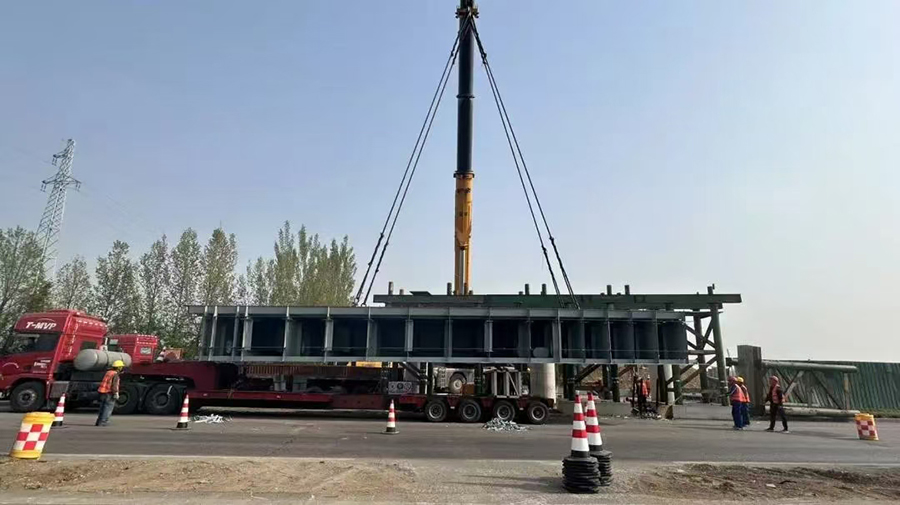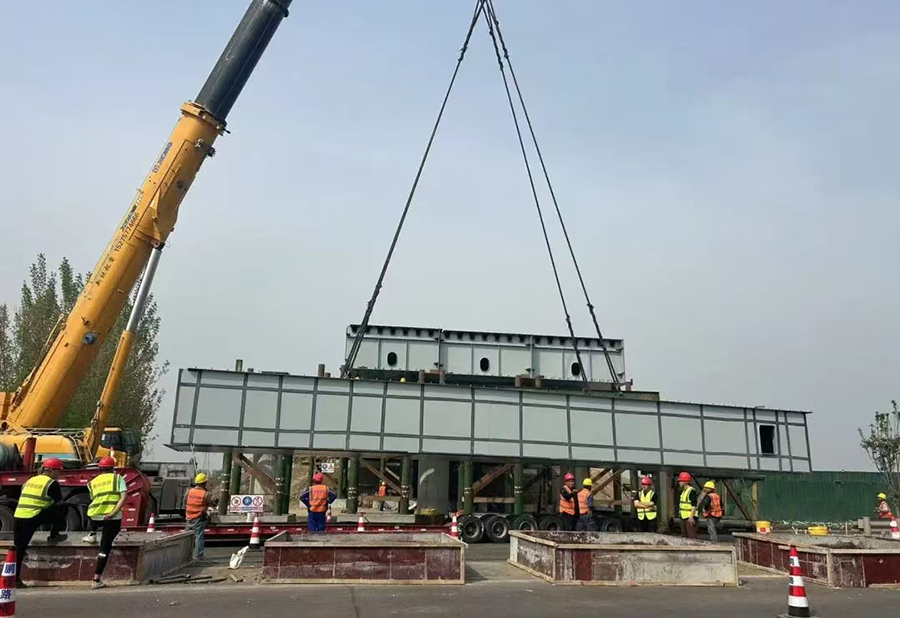
Steel Bridge Superstructures: The Smart Choice for Modern Infrastructure
Steel bridge superstructures offer unmatched advantages in today's construction landscape. Their lightweight nature delivers dual benefits: cutting foundation requirements and lowering project costs compared to conventional materials. This weight efficiency becomes particularly valuable in earthquake-prone regions, where reduced mass means diminished seismic impact.
What truly sets steel apart is its future-ready design flexibility. Engineers can easily modify existing structures to accommodate growing traffic volumes, heavier loads, or roadway expansions - all without complete reconstruction. This adaptability ensures bridges meet evolving transportation needs while maximizing long-term value.

Steel Bridges: Unmatched Adaptability and Built-In Safety
Unlike alternative materials that often need complete replacement when design requirements change, steel bridges offer superior flexibility to accommodate evolving load demands. Their structural reliability stems from intelligent engineering - incorporating redundant systems at both component and structural levels through damage-tolerant design principles. This built-in redundancy directly correlates with maintenance planning, allowing inspection schedules to align with actual structural performance needs.
A key safety advantage lies in steel's visible structural elements. The exposed tension members enable straightforward visual damage assessment during routine inspections, a critical feature that concrete and other materials simply can't match. This inherent inspectability, combined with steel's proven durability, creates a maintenance-friendly solution that delivers long-term safety and performance - precisely why transportation authorities increasingly specify steel for critical infrastructure projects.

Why Heavy Steel Structures Dominate Long-Span Bridge Construction
☆Superior Span Solutions with Steel
Steel outperforms other materials for long-span bridges (500+ ft), including deck, arch, and suspension designs. Its unmatched strength-to-weight ratio handles rail loads five times heavier than highway demands, delivering essential stiffness and durability.
☆Precision Engineered Steel Bridge Components
Steel's manufacturing edge enables offsite precision fabrication, ensuring quality while reducing weight. Components assemble efficiently onsite, adapting flexibly to rail configurations (through beams/trusses) without compromising rigidity for heavy loads.
☆Efficient Steel Bridge Inspection Methods
Steel bridges enable easier, lower-cost inspections versus concrete. Visible load-bearing components allow:
• Unobstructed visual checks
• Direct physical measurements
• Fewer expensive NDT requirements
This accessibility speeds evaluations, reduces maintenance costs, and enhances long-term safety - all critical for infrastructure lifecycle management.
☆Steel Bridges: Smarter, More Affordable Maintenance
Steel bridges' modular design enables cost-effective repairs through:
•Targeted component reinforcement
• Precise damaged section replacement
This approach minimizes closures, avoids full rebuilds, and extends service life - delivering 30-50% lower lifetime costs than concrete alternatives.
Steel bridges deliver unbeatable value through superior spans, precision engineering, easier inspections, and cost-efficient maintenance—outperforming concrete in durability, adaptability, and lifecycle savings for modern infrastructure needs.
years of experience
 online service
online service +86-592-6095031
+86-592-6095031 manager@yumisteel.com
manager@yumisteel.com Alina_Yuki
Alina_Yuki +8613559086380
+8613559086380 +8615860744964
+8615860744964